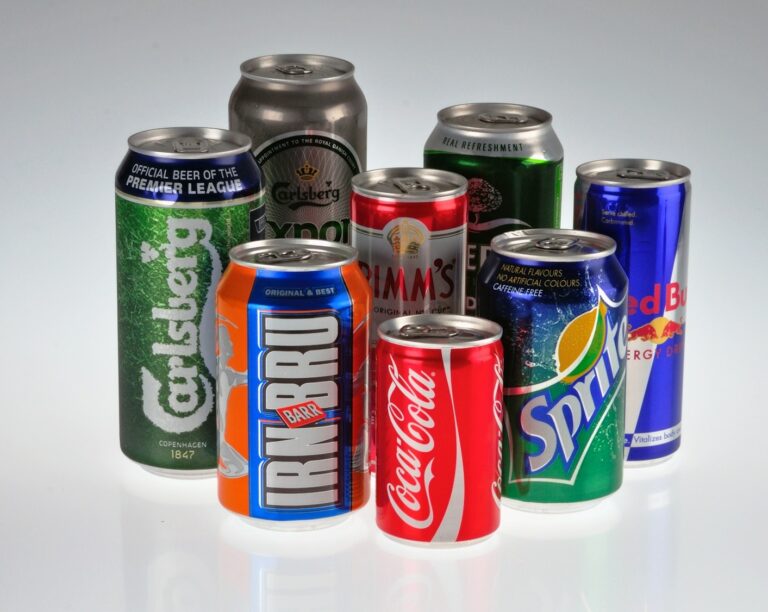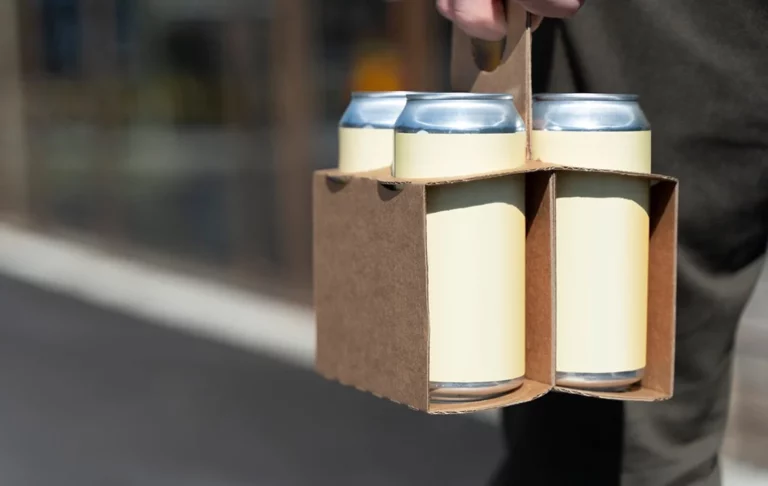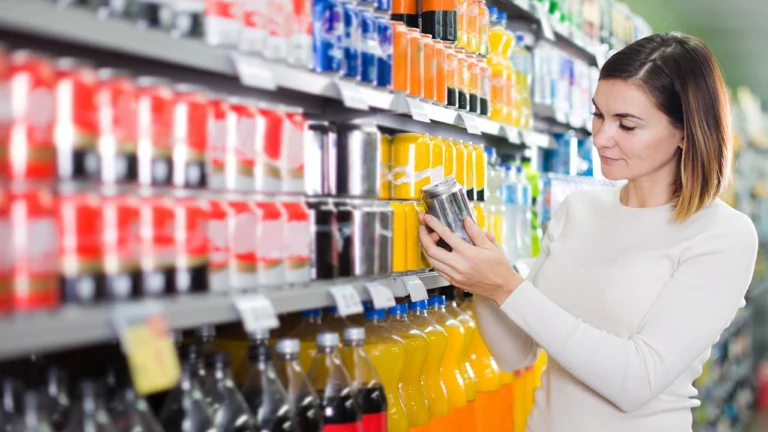Global Beverage Packaging Trends for Exporters in 2026: Key Strategies to Boost Your Brand Success

As the global beverage industry continues to grow strongly, packaging is no longer seen as just a protective layer for products. Instead, it has become a vital element in building brand identity, attracting consumers, and meeting strict environmental standards in international markets. This impressive growth is driven by increasing demand for sustainable, eco-friendly, and innovative packaging solutions.
For beverage packaging exporters, understanding the latest packaging trends is essential to stay competitive and expand successfully in global markets. This article highlights five key packaging trends shaping the future of the beverage export industry: sustainable packaging, convenient packaging, creative storytelling design, smart packaging technology, and flexible OEM/ODM/Private Label solutions. These factors not only help beverage brands meet market demands but also create better consumer experiences and strengthen their position in the global marketplace.
1. Sustainable Packaging: A New Industry Standard
Consumers around the world are becoming more aware of the environmental impact of packaging. According to Moxie Sozo, aluminum is one of the most eco-friendly materials, with a recycling rate of up to 70%, and can be infinitely recycled. Many beverage brands have switched to aluminum packaging to minimize their environmental footprint. For example, GUNNA Drinks in the UK has launched a 500ml beverage line in fully recyclable aluminum bottles, significantly reducing plastic waste.

2. Smart Packaging: Connecting Brands with Consumers
Technology is increasingly integrated into packaging to elevate user experience. According to Just Drinks, many beverage brands are using smart packaging to activate augmented reality (AR) content, demonstrate sustainability efforts, and provide product traceability. Malibu Rum in the UK, for instance, has implemented NFC technology on its bottles, allowing consumers to access brand content simply by tapping their smartphones on the packaging.

3. Creative Packaging Design: Standing Out on The Shelf
Creative packaging design is a powerful tool for brands to differentiate their products and attract attention at first glance. According to Packaging Digest, McDonald's has collaborated with BASF to develop 100% sustainable packaging made from biodegradable bioplastics. This innovation not only reduces environmental impact but also enhances the brand image and consumer perception.
4. Convenient Packaging: Meeting Modern Lifestyles
Today’s consumers increasingly prefer products that are easy to carry, store, and use anytime, anywhere. According to Grand View Research, the global beverage packaging market was valued at approximately USD 157.73 billion in 2023 and is expected to reach USD 222.08 billion by 2030, growing at a CAGR of 5.0% from 2024 to 2030. This growth reflects the increasing demand for convenience-focused packaging in the beverage industry.

5. Personalized Packaging: Strengthening Customer Connections
Personalized packaging is becoming an effective strategy for brands to build stronger relationships with their customers. According to QR Code Generator, Kellogg's has integrated NFC tags into cereal boxes, allowing consumers to access exclusive content and interact with the brand. This strategy not only enhances engagement but also fosters customer loyalty in a competitive market.

Packaging is Not Just The Outer Layer — It’s a Competitive Advantage in Export Markets
Clearly, in today’s global beverage industry, packaging has evolved far beyond being just a protective layer for products. Packaging is now the first touchpoint between a brand and its consumers, demonstrating a company’s commitment to product quality, environmental responsibility, and customer experience.
For beverage businesses looking to expand into international markets, staying up-to-date with the latest packaging trends not only increases market access opportunities but also helps brands differentiate themselves from competitors. From investing in sustainable materials, user-friendly designs, smart technology applications, to flexible customization for different markets — all of these contribute to building a stronger and more professional brand image on the global stage.
In an increasingly demanding and competitive export environment, a well-invested packaging strategy will not only help products "sell well" but also ensure that brands "stay long" in the minds of customers.
Nam Viet Group: A Real-World Example of Smart Packaging Strategies for Export Success
In the evolving landscape of global beverage packaging, Nam Viet Group stands out as a prime example of how innovation, sustainability, and smart packaging strategies can help brands succeed in international markets. As one of Vietnam’s leading beverage exporters, Nam Viet Group has leveraged eco-friendly packaging solutions to serve over 200 countries worldwide — a remarkable achievement that reflects the brand’s deep understanding of global consumer demands.
From sugar-free coconut water to 100% fruit juices and aloe vera drinks sweetened with natural fruit extracts, the company’s products are not only health-focused but also align with current packaging trends. With a strong commitment to sustainability, Nam Viet utilizes recyclable materials, complies with international standards (GMP, HACCP, FSSC22000), and operates six factories with more than 50 fully automated production lines.
By integrating sustainable design, convenient packaging formats, and flexible OEM/ODM/Private Label services, Nam Viet Group exemplifies how beverage brands can apply the latest global packaging trends to boost export growth and build lasting brand value in competitive markets.
Explore Nam Viet’s OEM/ODM services and full Private Label beverage solutions HERE to create a product that truly reflects your brand identity.
